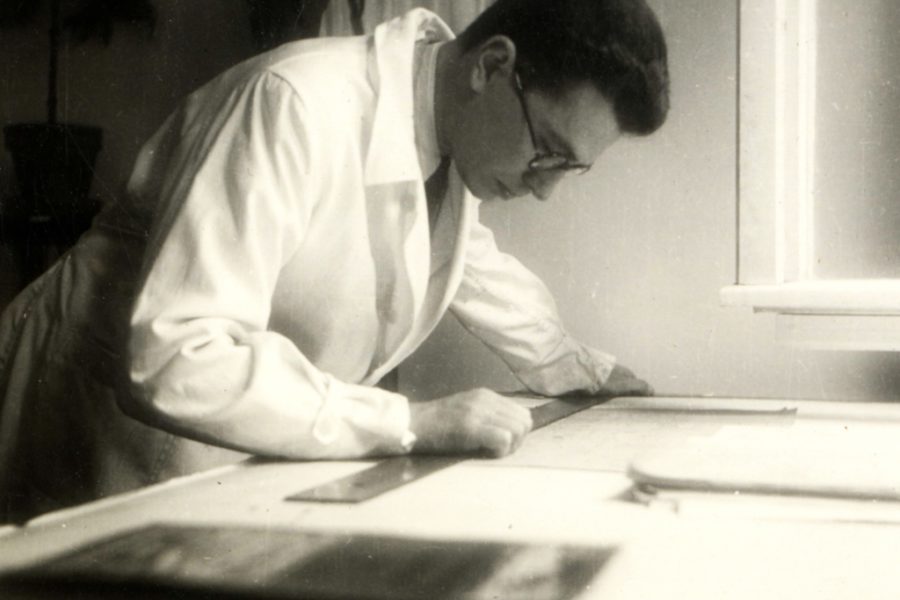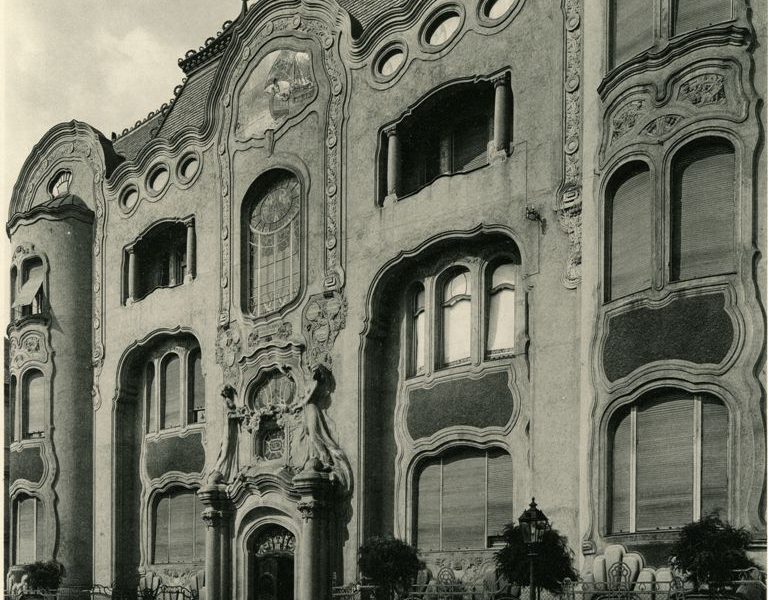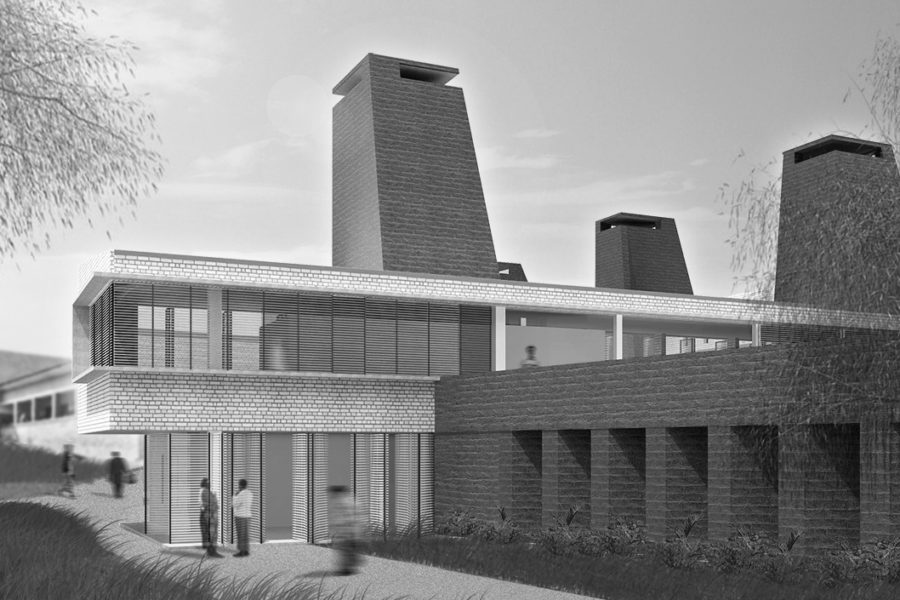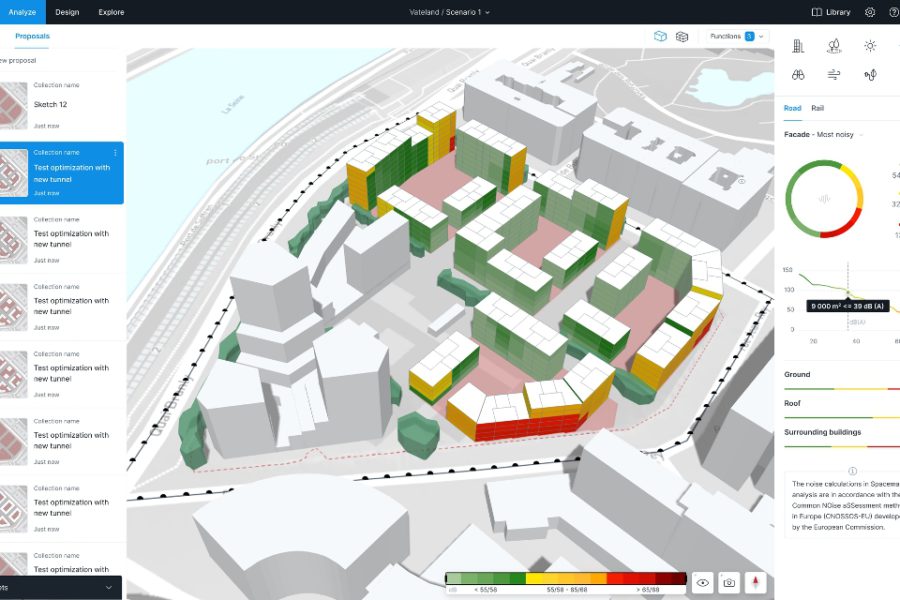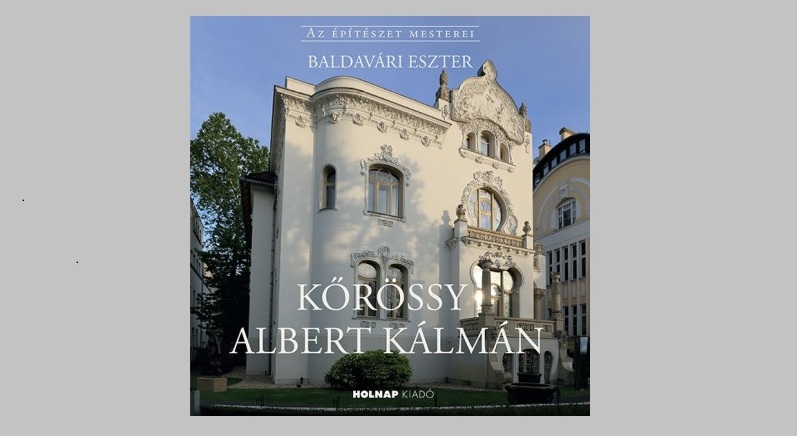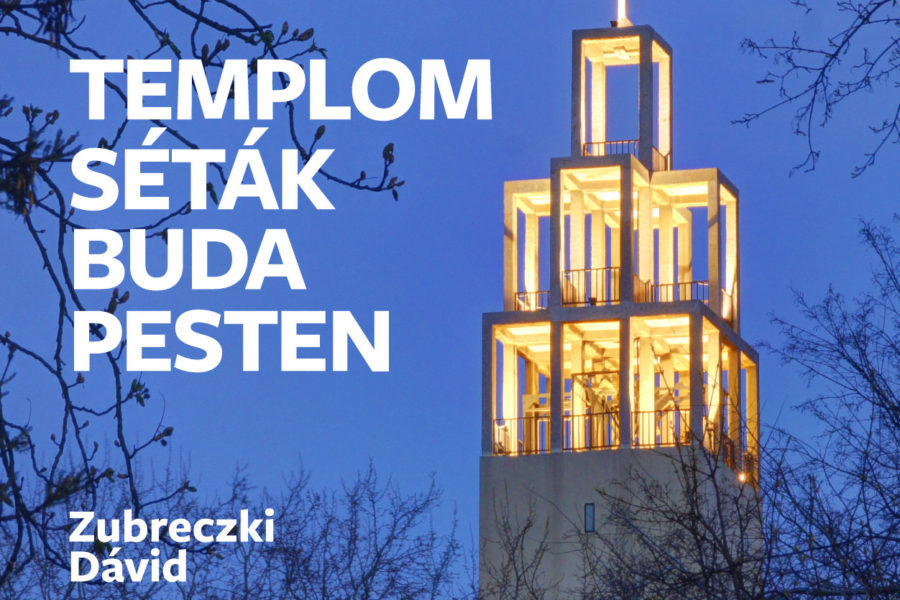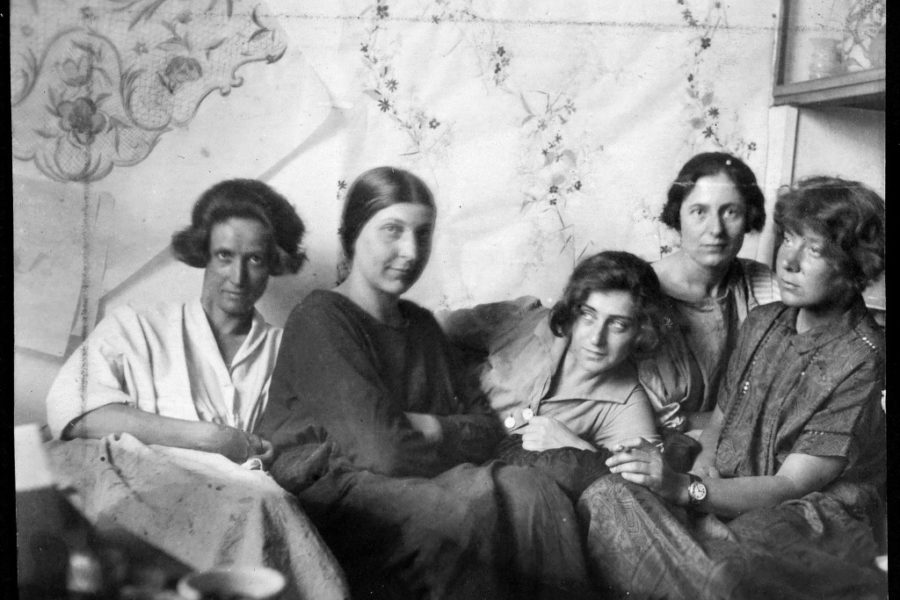Case Study of Nyim, a Tiny Village Text and photos: László Francsics The objective of this study is an in-depth understanding of the correlations of humans and their environment, to survey their construction and decomposition in the context of the countryside in Hungary via a case study of Nyim, a tiny village. This analysis highlights […]
A Temporary Altar for the Eternal
Conversation with architect Tibor Vákár about the 1938 tender for a eucharistic altar Text: György Szücs The 34th Eucharistic Congress took place in Budapest on May 25th-28th, 1938 as the Eucharist Festival of international Catholicism. At the end of 1936 the approval of Pope Pius XI was published in which the Pope designated the Hungarian […]
„Life here gives you joy…”
Reconstruction of Sonnenberg House on Civilian Initiative Text: Eszter Baldavári As of today, it is a curiosity to see a residential community which votes for a high-standard reconstruction of a historic building, as it is a lot more costly, and requires more complex preparations and execution as well. What is actually a reliable sign of […]
Designed for Change
Family House, Brennbergbánya Text: Partizan Architecture (Gergely Hory, Zoltán Major, Péter Müllner) Photos: Balázs Danyi At the beginning of 2020, a family of six members have taken possession of their home designed by PRTZN architects in Brennbergbánya. The house was a result of a long-term process of thinking, as the clients, a couple contacted the […]
Steps for Community
The role of the SEED method in the process of communal architecture Text: Zsolt Péteri During public interest design projects the architect as an activist cooperates with minor communities to improve their man-made environment and thus their living standards. An example worth learning more about the method of public interest design is the SEED (Social […]
Getting started
The first generation of generative software to help design Text: Bálint Botzheim Generative methods have been present in architectural research since the 1990s, however, until recent years, few thought they could play a role in real design processes. The situation is changing and today Autodesk, the largest software vendor, has also flagged the use of […]
Trust Your Architect
Sorry, this entry is only available in Hungarian.
Baldavári Eszter: Kőrössy Albert Kálmán (1869–1955)
Sorry, this entry is only available in Hungarian.
Boros Géza: Minden más városnál városabb
Sorry, this entry is only available in Hungarian.
ÉPTÖRT 150
Sorry, this entry is only available in Hungarian.
Zubreczi Dávid: Templomséták Budapesten
Sorry, this entry is only available in Hungarian.
A Wiener Werkstätte női művészei
Sorry, this entry is only available in Hungarian.

